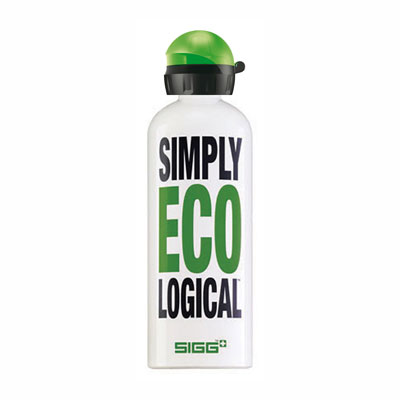 |
| Deep conditioning will make both you and your happy and you will be able to restore your hair's natural curls. Pictured is Ebony of blackwomennaturalhairstyles.com |
"My scalp feels so cool... so revitalized," I tried to explain to my boyfriend over the phone, and he laughed at me because prior to dating me, he never had casual discussions about hair care developments. Lost for words to describe the inexplicably refreshing sensation that the conditioning had left my scalp and hair in, I paused mid-sentence. Then, as if he took the words out of my mouth he said, "It's as if your hair just got washed by a cloud..." EXACTLY!!!
Fortunately for you, there are multiples ways to go about deep conditioning your hair. You don't even need to run out after reading this article and purchase a $500 "deep conditioning mask" to do it. Behold, Nubian princesses, your options:
1) Generic Conditioner. This has to be the most convenient method of all. Just use the conditioner you have been using for your regular washes. Instead of rinsing it off after a few minutes in the shower, leave it sitting in your hair, covered with a plastic hair cap, and go about your business around the house. I often go watch a series of YouTube videos or some episodes of my recent TV fad. Additionally, I have what I call my small "conditioning towel", exclusively used for deep conditioning. I wrap it around my neck and dab away at water that seeps out of my cap. Forty minutes to an hour later, I return to the shower to power wash the conditioner out of my hair.
2) Greek Yogurt Deep Conditioner. This is the best treatment for dry hair and while there are many recipes out there, I highly recommend Naptural85's. I'll let her explain it all to you, but if you are pressed for time, it's all summarized underneath.
- The treatment can be done on any day and does not require shampooing first.
- The DIY conditioner is made of 2-3 tablespoons of natural whole or 2% plain Greek yogurt (any brand), enough lavender essential oil to mask the yogurt smell and 2 tablespoons of apple cider vinegar.
- Application of the yogurt mix is first done by sectioning the hair into 4-6 parts. Working part-by-part, the yogurt is smeared onto the hair, starting at the end to about 3/4 up the hair.
- DO NOT apply yogurt on the hair near the scalp. It should never come in contact with your scalp.
- Cover with cap and wait for 20-25 minutes.
- Rinse each section under the shower (never allowing yogurt to come in contact with scalp)
- While under water apply a small amount of conditioner and rinse it out immediately.
- Before re-twisting the rinsed, conditioned hair section under water, apply a small amount of aloe vera juice and twist.
- The ingredients of the DIY egg-mayo conditioner are 2 beaten eggs, 6 tablespoons mayo and 1-2 teaspoons honey.
- Start by shampooing the hair, rinsing it and applying a 3:1 water to apple cider vinegar mix.
- Apply the DIY egg-mayo conditioner to all the hair, ensuring it's all covered. The hair can then be covered with a plastic hair cap for 45 minutes and rinsed out afterwards.
- Sectioning the hair for conditioner application must be done for medium to long hair, but is not necessary for short hair.
Those are just four deep conditioners you can do at home. There are many more. The type to use should be determined by your hair's current needs. When in doubt, out of supplies or broke, then the generic conditioner method is the answer. Deep conditioning with your normal conditioner can be done as frequently as desired, and while the other three are for "special occasions", your normal conditioner will always be there.







